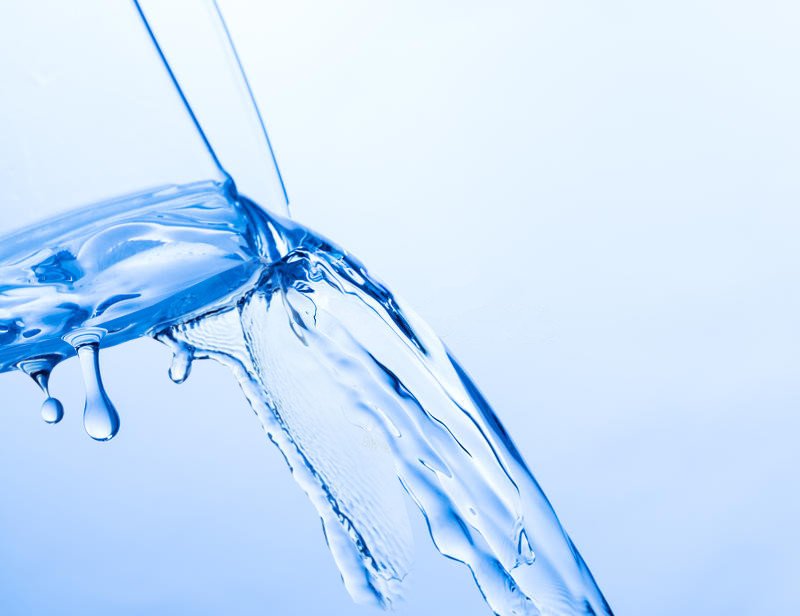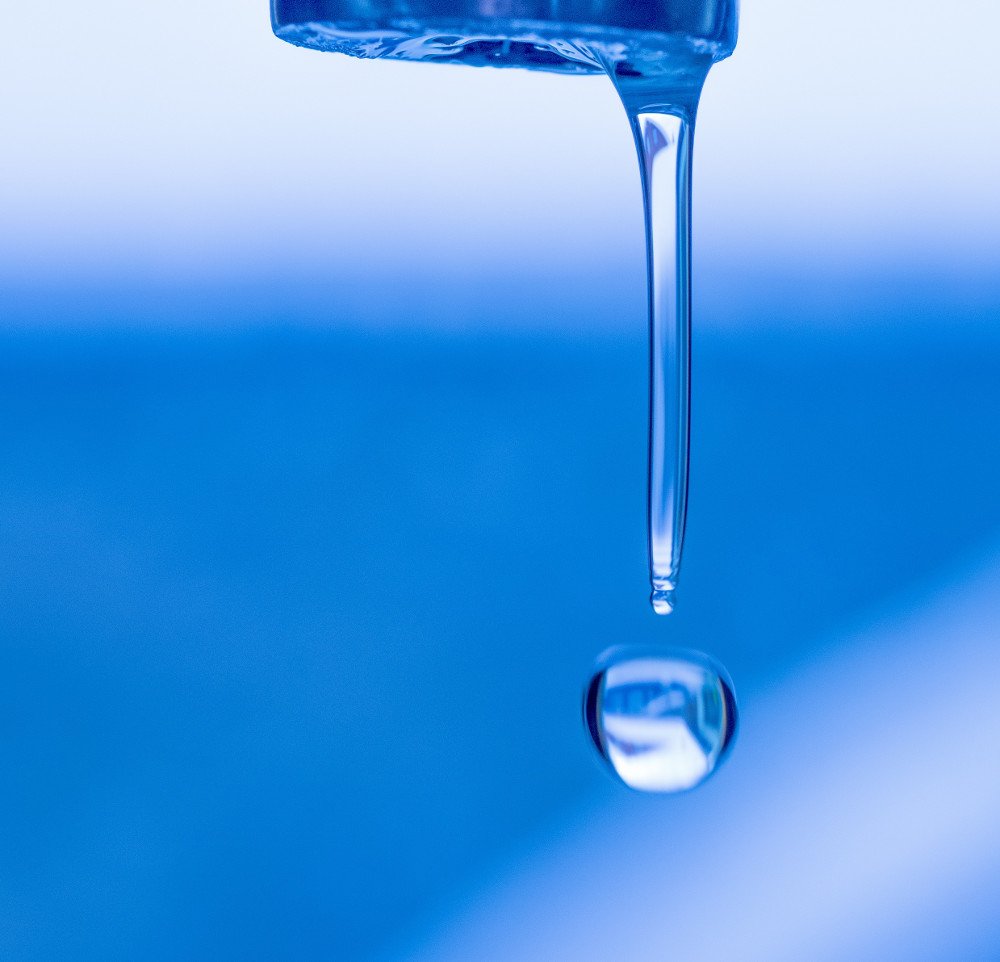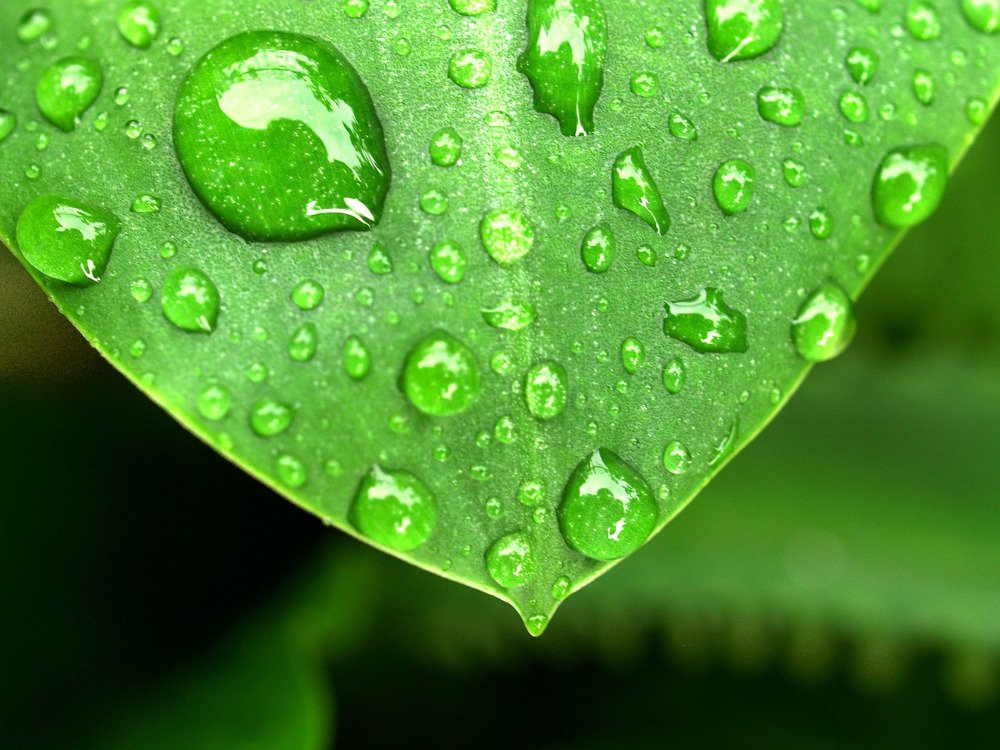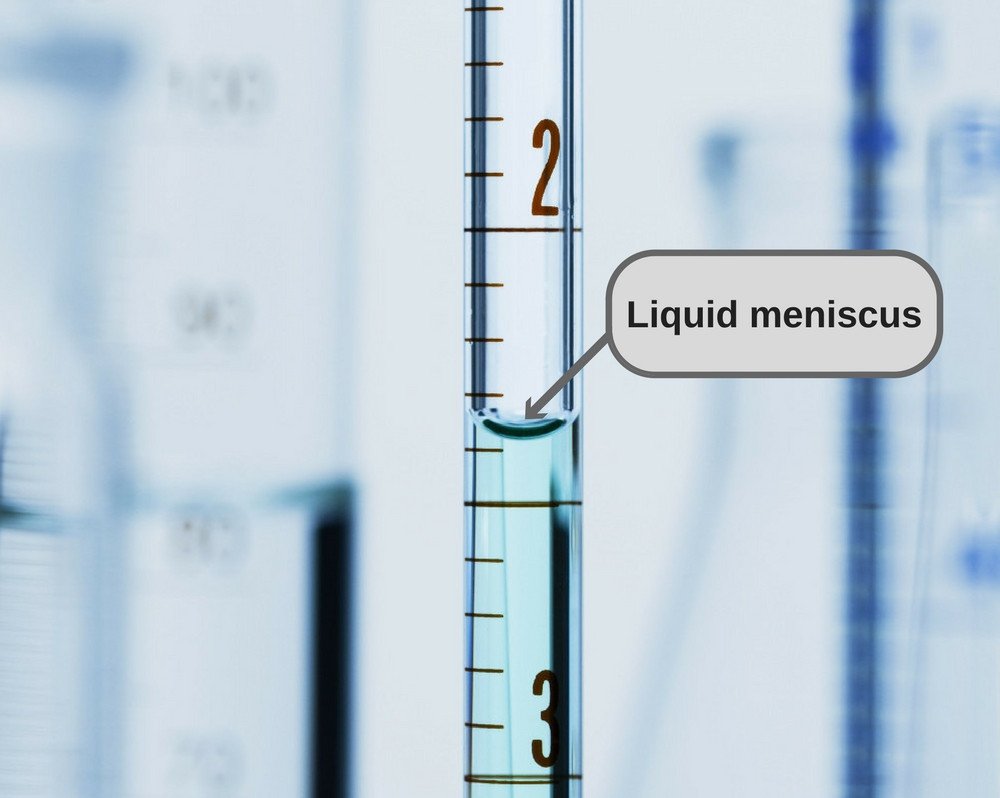Table of Contents (click to expand)
With the cohesive and adhesive forces that are at play when liquids are poured from one container to another. When poured slowly, the liquid has more time to bond with the container’s surface, which can cause it to run down the side of the container.
This is one of those daily life phenomena that I’m sure you must have observed thousands of times. When you pour any liquid, say, tea, from one container to another, it pours out gloriously. However, at times, especially if you use a different container, instead of pouring out normally, the liquid decides to run down the side of the container and creates a mess for you to clean up.

Not only is this super frustrating, but it also seems… cruel. I mean, why would a ‘regular’ liquid decide to act like this and play with our feelings by ruining the tablecloth where it creates a mess? This is one of those mysterious things that seem to have no answer… or can this strange phenomenon be explained by science?
Well, let me tell you that a bunch of interesting fluid dynamics action goes on in the background while this utterly common occurrence unfolds.
Cohesion And Adhesion
Everyday liquids, in general, have a tendency to stick to other surfaces (adhesion). They also have a tendency to stick to themselves (cohesion). These are the two characteristics of water that affect every water molecule on Earth, as well as the interaction of water molecules with molecules of other substances.
The ‘stickiness’ that water molecules have for each other or other substances is dictated by them. As such, these are the two properties that drive the whole liquid-running-down-the-surface business. So, let’s talk a bit more about them.
Cohesive forces are the intermolecular forces that make the molecules of a liquid stick together and ‘seek’ each other out. In other words, these are the forces that make liquids resist separation. Note that these forces exist between molecules of the same substance. A classic example of cohesive forces in water is the shape of water droplets.

Adhesion, on the other hand, is a liquid’s (e.g., water’s) attractiveness to other materials, such as metal containers, pine needles and even your skin. In more technical terms, adhesive forces are the attractive forces that exist between unlike molecules.

Also Read: What Is Surface Tension?
Liquid Flowing Down The Side Of The Container
Liquids (let’s consider the example of water) want to stick to rigid surfaces, thanks to adhesive forces. This is the same reason why a meniscus forms in a test tube.

When pouring tea or water out of a container (especially when you do it slowly), the attraction between the surface and the water molecules is stronger than that of the water molecules among themselves. That’s why the force of gravity acting on water needs to overcome the adhesive forces (between water molecules and the container’s surface) to pull water away from the container.
Also Read: What Is Capillary Action?
Angle And Speed
When the angle between vertical direction and the glass wall is small, surface tension is stronger and the component of gravity perpendicular to the glass wall is small; consequently, water sticks to the outside surface of the container (or in other words, runs down the side of the container).
In simple terms, water sticking to itself tends to make it follow itself out of the container in a smooth, glorious flow. Unfortunately, water also likes sticking to other stuff, which tends to make it dribble over and down the sides. Which one of these properties dominates depends on a lot of factors, including material properties and time spent in forming bonds (i.e., the speed with which water is poured out), among others.

Speed (of the pour) is a crucial factor. If you pour water quickly, water molecules do not get enough time to bond to the container’s surface, and will therefore pour out without any problems. However, when you do it slowly, water spends too much time bonding to the container surface. As a result, some water molecules bond more strongly to the edge of the container than to their molecule brethren, and water runs down the side.
Furthermore, if water is poured from a sharp surface, it will most likely will pour cleanly. Smoother surfaces, on the other hand, usually create this universal ‘pouring problem’.
How much do you know about cohesion and adhesion?

References (click to expand)
- Water Drops: Cohesion and Adhesion. Appalachian State University
- Hydrogen Bonds Make Water Sticky. The University of Hawaiʻi at Mānoa
- Cohesive and Adhesive Forces - Chemistry LibreTexts. LibreTexts
- Adhesion and Cohesion of Water | U.S. Geological Survey. The United States Geological Survey
- Cohesion and Adhesion adhesion. The University of Alaska Fairbanks
